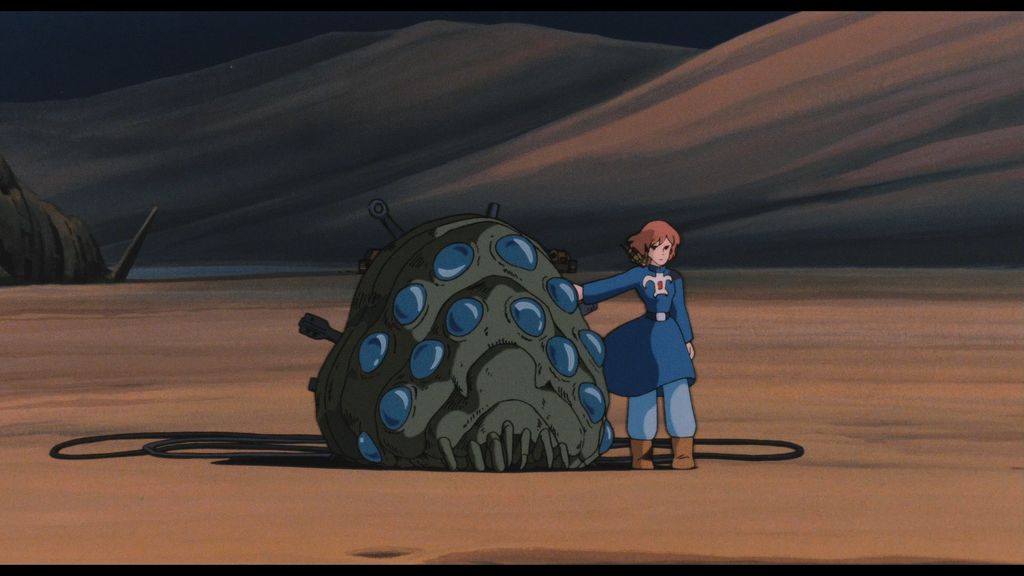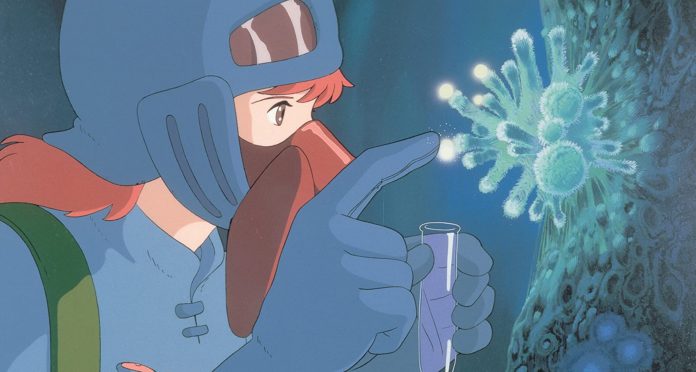As of late, the film industry has proven time and time again that CGI and 3D animation are the money-making epics that corporates want. Yet in our current global climate, and the state of the industry, it’s important to acknowledge the beautiful, hand-drawn animated trailblazers that ignited the way for today’s styles.
Nausicaä of the Valley of the Wind is a 1984 animated film, directed by Hayao Miyazaki before he created the renowned Studio Ghibli.
The film retains the whimsical animation style, orchestral soundtrack, and topical message that is noteworthy in many Ghibli films. Nausicaä is set in a distant, post-apocalyptic future where most of the world has been overtaken by a toxic jungle and, like many Miyazaki films, it’s an implied fantasy world, with ethereal lore woven through its narrative in the character design, beautiful backgrounds, and flashes of mythology. The plot follows the princess of the valley of the wind, Nausicaä, as she attempts to save her people from the war-hungry Princess Kushana.

This is in contrast with Princess Kushana, whose arms and legs are made of metal, losses she suffered at the hands of the toxic jungle, and which has given her a deep-rooted hatred for the insects that live there.
These two princesses showcase two different types of leadership, two different types of morality, and two different ways of handling fear. Where Kushana, like Princess Mononoke, wields her fear like a weapon, Nausicaä takes her fear and works towards creating a better civilization.
There is hope in the precise lines of her character, the way light is animated to reflect off her eyes and earrings. The direction of the film, with its smaller stories that all connect towards a pinnacle conclusion—Nausicaä standing in a field of golden grass—lends towards this hopeful outlook. The camera is free, roaming over the jungle-like Nausicaä’s hang glider, curious, picking out everything it can find, and always instilling in the viewer a sense of hope, because even against impossible odds, in the end it only took one girl to stop a war.
This is the type of animation we need, one that speaks to the human condition and the state of the world. Films that, like Nausicaä of the Valley of the Wind, speak to humanity’s ability to work together, rebuild, and find peace in the apocalypse.
Featured image provided by IMDB.






